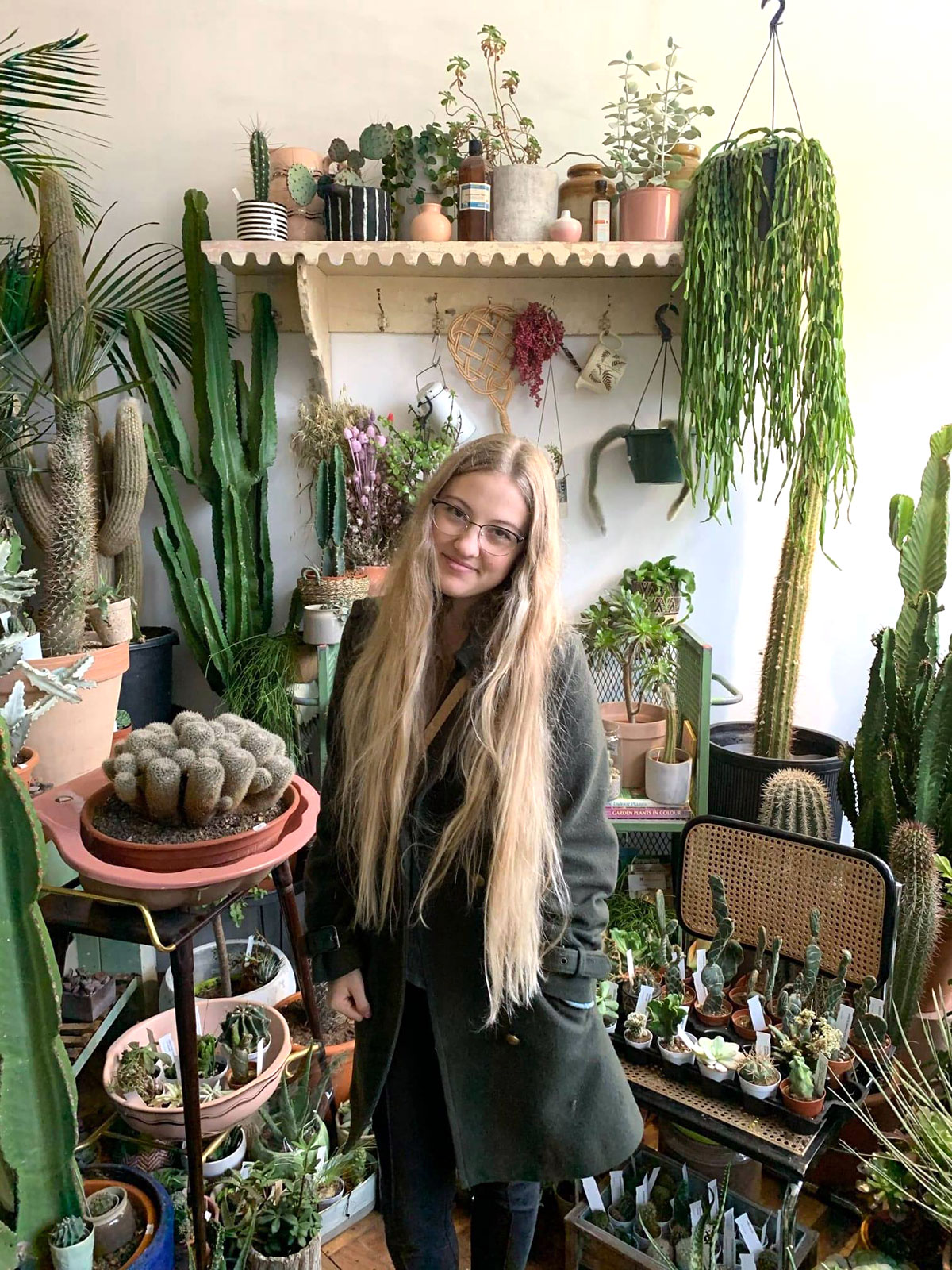
Throw away culture has diminished as millennials are turning towards environmentally friendly means of reusing and repurposing antique finds to fill their households and keep money in their wallets.
“Antiquing is a beneficial way to promote a sustainable household,” Madeline G. Hiebert, president of the Lamar University Green Squad said. “When considering production materials, costs, and transportation, a lot goes into making new furniture.”
Hiebert said there is an abundance of furniture at antique stores and thrift shops that does not require these expenditures.
“Cheaply produced furniture breaks easily and will most likely be found in a landfill in a few years,” she said. “Antiques, however, are durable and have lasted for decades, so why not use them for a few more years? New resources and time are not required for antiques, and you already know they're going to last.”
Hiebert said that antiquing is beneficial for college students are on the money pinching side. “We don't have money for brand new, shiny furniture,” she said. “However, we can love and refurbish an old chair or desk and buy it for an exponentially cheaper amount. Old does not mean bad, it simply means worn.”
This perspective is cost efficient and can help launch a creative project, Hiebert said.
“Turning old wood pieces into floating shelves or adding a new coat of paint to an old desk can truly transform cheaper products into brand new pieces,” she said.
Hiebert said that refurbishing furniture is beneficial for both a minimalist and a maximalist. The two terms are not about owning less or more, rather they refer to the philosophy of disposing of unnecessary belongings or having a bold style.
“As a minimalist, I treasure and take care of the few furniture pieces I own,” she said. “This is very similar to how I view clothing and fast fashion. In the fashion industry, cheap clothing with low quality materials are produced daily by the thousands. These are then churned out consistently and thrown out when a new season appears, which is exorbitantly more frequent that four times a year. By antiquing, you don’t contribute to the flippant production procedures that are common in both the fashion industry and home decor business.”
Valuing older products allows one to be resourceful and not purchase a new lamp or couch every time one goes shopping, Hiebert said.
“You can treasure the old one and imagine what stories and lives it’s been a part of,” she said. “Even as a maximalist, cutting down on the production by antiquing is extremely beneficial. It lessens the load on stores that are overflowing with furniture and materials, allowing other pieces to enter the cycle.”
Hiebert said the long-term benefits stem from the environmental repercussions that occur with producing new items.
“Today, identical furniture is distributed by the thousands, so companies have to give up on quality to retain the quantity that is necessary for our consumerist society,” she said. “All of these items are designed to be cheaper and not last as long, so consumers by more materials and pieces when they break. This is a nasty cycle that only increases production and materials needed. The broken, cheap pieces will undoubtedly wind up in a landfill, left there for thousands of years.”
Antiques are filled with stories and character, and play a role in self- expression, Hiebert said.
“They’re unique, and they’ve been part of other people’s lives and now to yours,” she said. “The mix of old and new allows texture, contrast — and even contributes as a conversation starter.”
For more information on sustainability, visit lamar.edu/sustainability.
